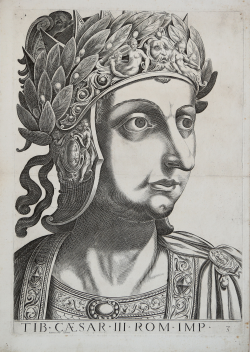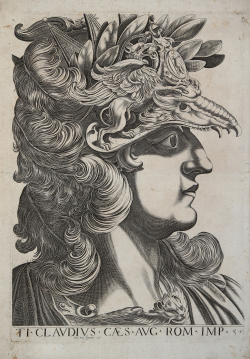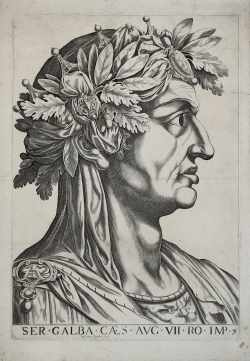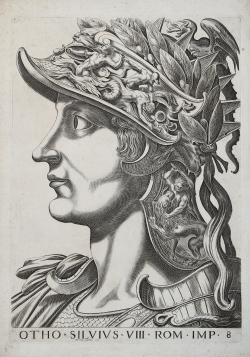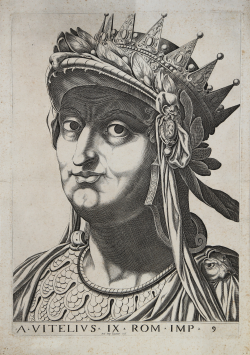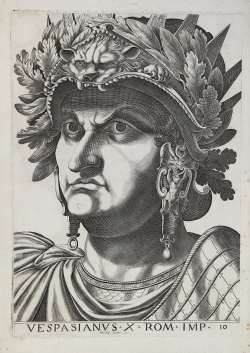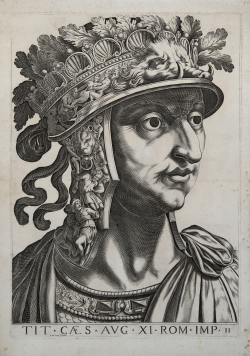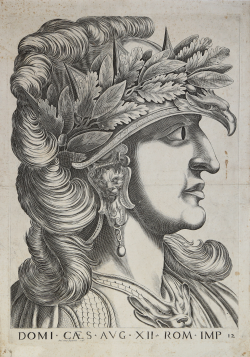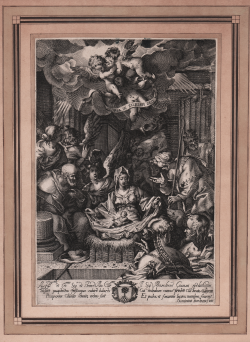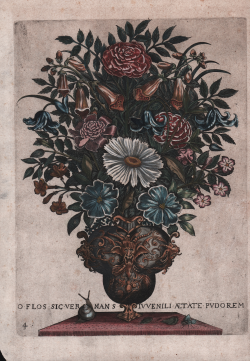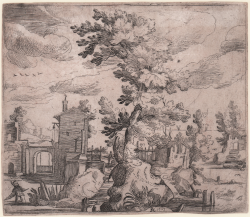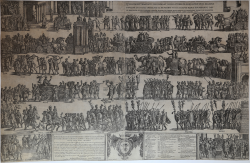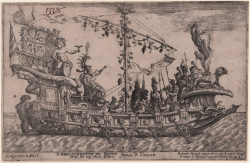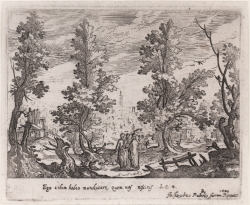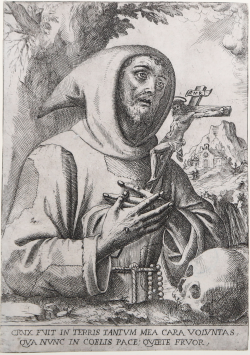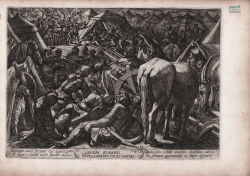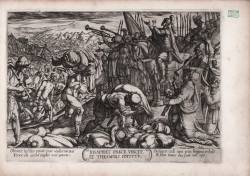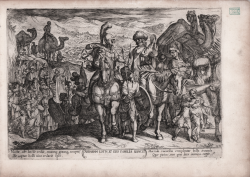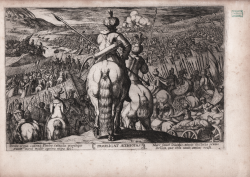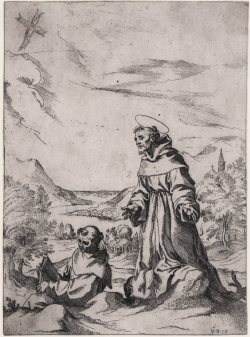O Flos sic Vernans Iuvenili Aetate Pudorem
Filippo Succhielli
Code:
S29965
Measures:
204 x 275 mm
Year:
1600 ca.
Christ speaks to the disciples in Samaria
Remigio CANTAGALLINA
Code:
S39246
Measures:
115 x 95 mm
Year:
1609
The Gideons terrorise the enemy encampment
Antonio TEMPESTA
Code:
S7732
Measures:
208 x 285 mm
Year:
1613
Iosephat gives thanks to the Lord for his victory
Antonio TEMPESTA
Code:
S7724
Measures:
208 x 285 mm
Year:
1613
Abraham together with Lot and his family in their land
Antonio TEMPESTA
Code:
S7742
Measures:
208 x 285 mm
Year:
1613
St Francis Receiving the Stigmata
Vespasiano STRADA
Code:
S39975
Measures:
139 x 190 mm
Year:
1615 ca.

